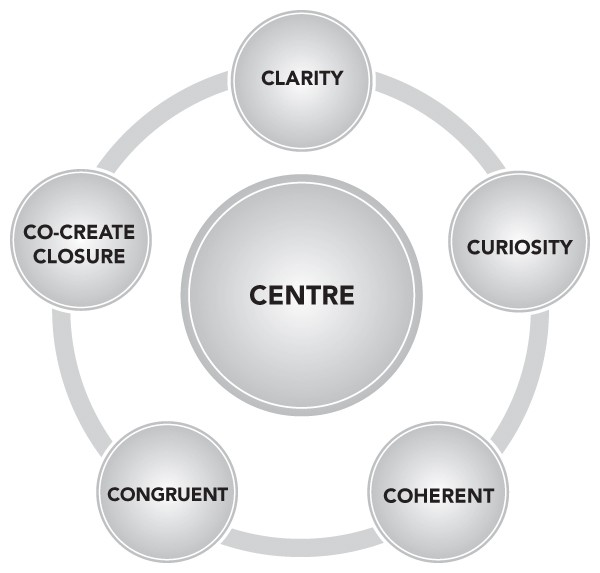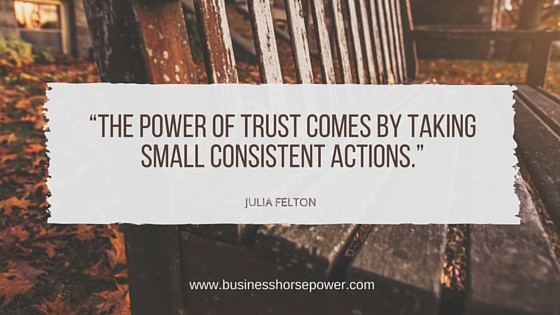
#29 – Human Performance: Unlocking the True Value of Your Teams
Today, we’re delving into a topic that’s crucial for modern business leaders—measuring human performance.
Recently, I stumbled upon the Deloitte Human Capital Survey, an annual review shedding light on key trends in the industry. One standout point for me, and likely for many of you, revolves around how we evaluate the effectiveness of our teams. It’s not just about the hours logged but the value created through their efforts.
This shift in perspective is vital. We’re moving from traditional productivity metrics to a focus on human performance. This transition is underscored by the advent of new technologies and data sources, including artificial intelligence, which can enhance our understanding and approaches to measuring performance.
Let’s talk about an intriguing case study from Hitachi. Several years ago, Hitachi adopted an unconventional metric for boosting organizational productivity: worker happiness. Using wearables and mobile apps, they tracked and enhanced worker happiness, leading to staggering results. Worker psychological capital rose by 33%, profits increased by 10%, and sales metrics in specific departments saw dramatic increases.
What does this tell us? It’s a clear indicator that the traditional ways of measuring performance, such as time on task or output per hour, are becoming outdated. Instead, focusing on human-centric metrics like happiness can lead to greater productivity and satisfaction.
Despite this knowledge, there’s a significant gap between understanding the need for change and implementing it. Deloitte’s research indicates that while a large percentage of companies recognize the importance of new measurement methods, very few excel in applying them. This reminds me of a Chinese phrase: “To know and not to do is not yet to know.” It perfectly captures the current challenge—bridging the gap between knowledge and action.
As business leaders, we must be pioneers, stepping beyond conventional methods to embrace a new paradigm that values human performance. This approach isn’t just about numbers; it’s about understanding and leveraging the human elements that drive our businesses.
Here are a few key signals indicating it’s time to prioritise human performance metrics:
- Over-reliance on Output Metrics: If your organisation mainly focuses on output without considering broader outcomes, it’s time to rethink your metrics.
- Data Overload: Leaders often feel overwhelmed by the sheer amount of data available. It’s crucial to focus on metrics that truly matter.
- Stagnant Traditional Productivity: If investments in technology haven’t moved the needle on traditional productivity metrics, it might be time to look at alternative metrics.
- Productivity Theatre: This occurs when employees perform tasks just to appear busy. It’s a clear sign that your metrics may be encouraging the wrong behaviours.
- Burnout from Constant Monitoring: If team members are stressed by continuous monitoring, it’s detrimental to their health and your organisation’s culture.
Adopting new performance metrics requires a systemic shift in how we view productivity and performance. We must balance operational efficiency with human sustainability, creating mutually reinforcing outcomes that benefit both the organisation and its people.
To conclude, measuring human performance in the 21st century demands a shift from traditional productivity metrics to a more holistic, human-centred approach. As we navigate this complex landscape, the organisations that adapt and innovate in how they measure and understand their teams will not only survive but thrive.
Thank you for joining me on this exploration of human performance. I’m eager to hear your thoughts on how we can further refine these metrics to foster a more productive and satisfied workforce. Until next time, take care and continue striving for impactful teamwork!
Show Notes:
Here are the highlights from this episode:

Julia Felton (aka The Business Wrangler) is the founder of Business HorsePower. Business leaders, entrepreneurs and executives hire her to accelerate their business performance by harnessing the energy of their people to work more collaboratively together. By aligning purpose with actions the team achieves exponential results as everyone starts pulling in the same direction.
Julia believes that business is a force for good and through designing purpose-driven businesses that leverage the laws of nature, and the herd, you can create businesses founded on the principles of connection, collaboration and community that make a significant impact in the world.

















